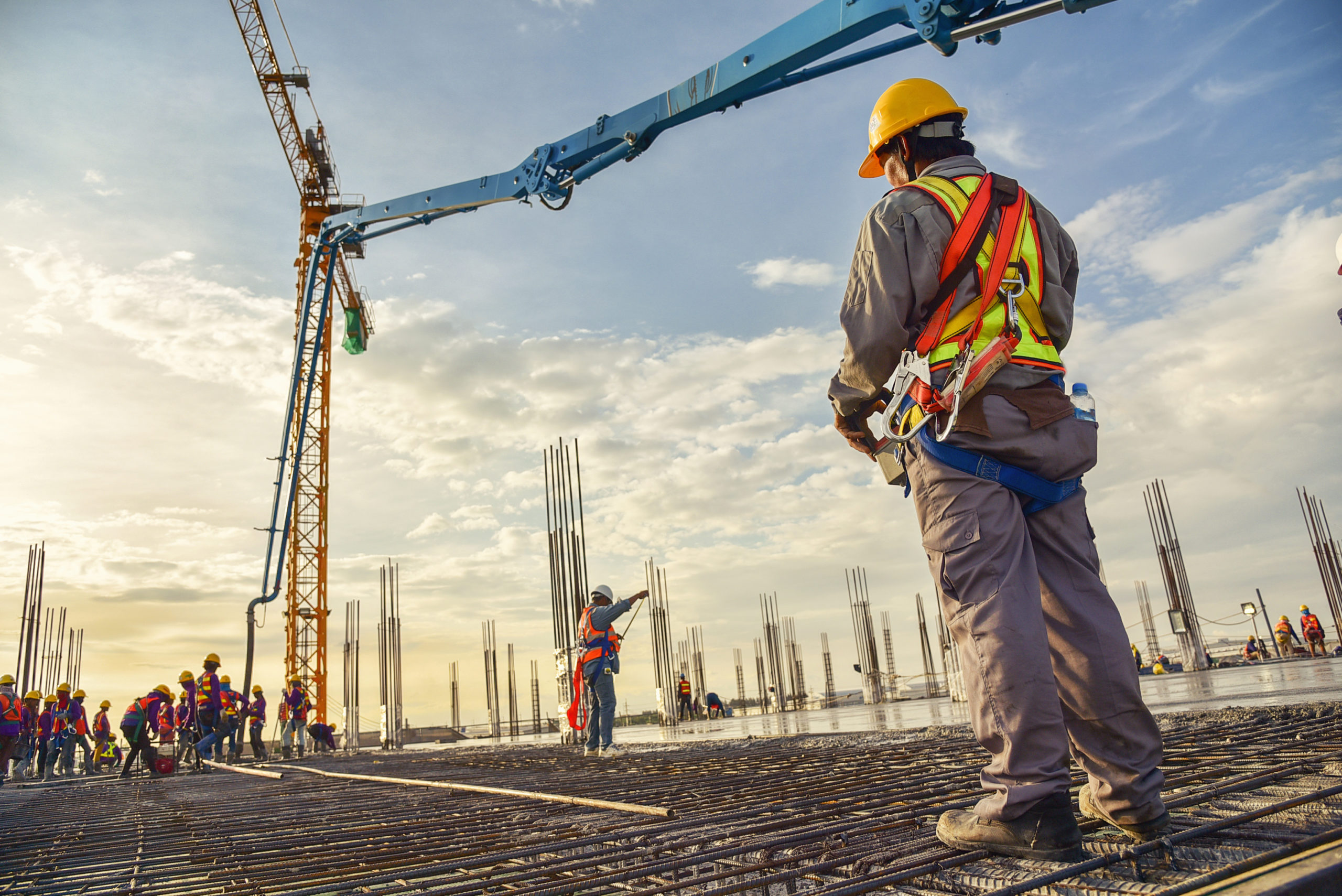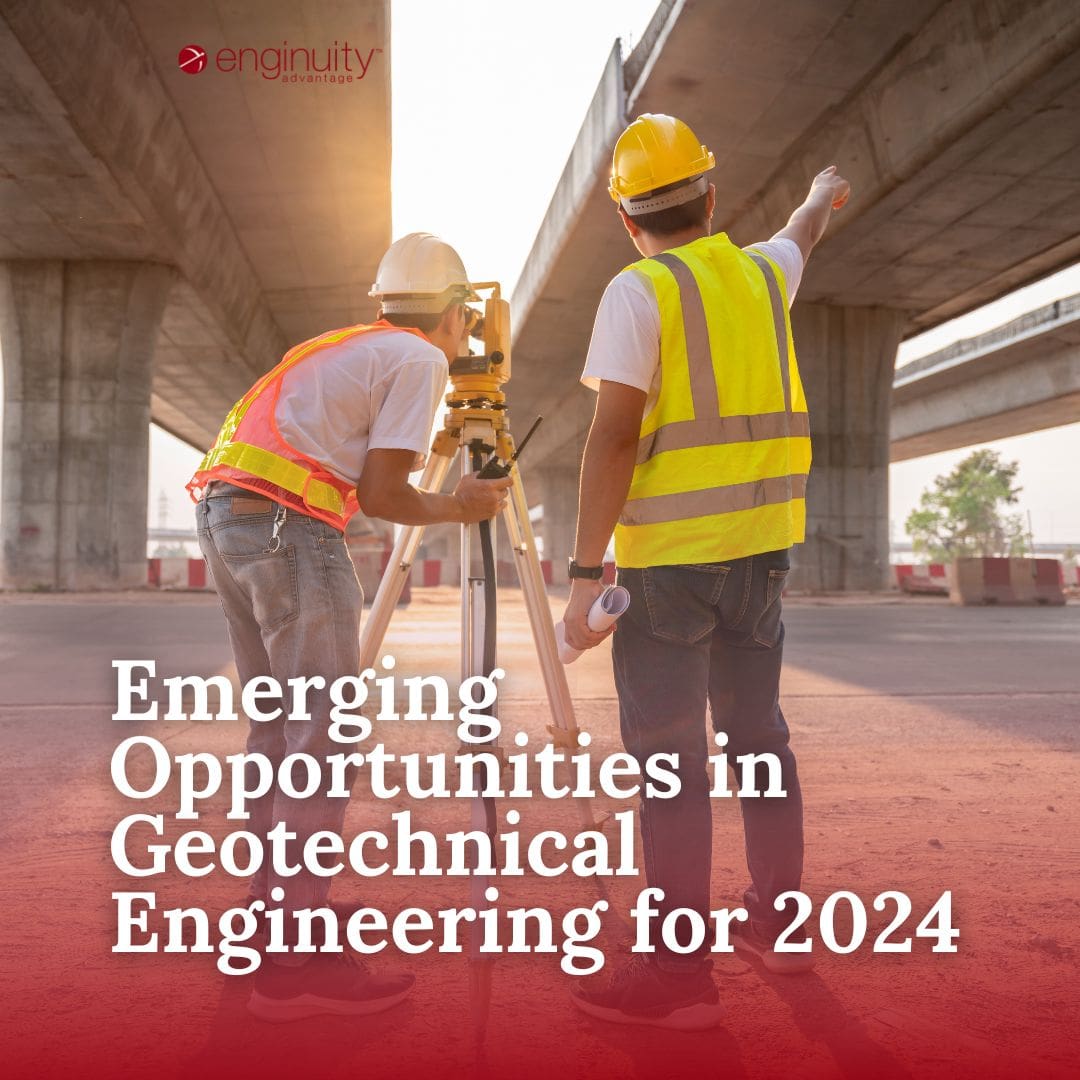The Function of an Engineer of Record in Ensuring Structural Integrity and Conformity
The Function of an Engineer of Record in Ensuring Structural Integrity and Conformity
Blog Article
Checking Out the Innovative Techniques and Technologies Forming the Future of the Geotechnical Sector for Lasting Engineering Solutions
The geotechnical market is going through a transformative shift, driven by ingenious strategies and innovations that highlight lasting design remedies. Advanced soil stablizing methods, the use of clever products, and the application of data analytics are redefining how we approach framework challenges. As these improvements promote environmental stewardship, they additionally elevate critical concerns about their functional application and lasting performance. Recognizing the interaction in between these advancements and their prospective to change the area welcomes more exploration into the future of lasting engineering methods.
Advanced Soil Stablizing Strategies
Soil stablizing is a crucial procedure in geotechnical engineering, focused on boosting the physical homes of soil to enhance its load-bearing capacity and resilience. Advanced dirt stabilization strategies play a critical duty in attending to obstacles related to weak or unstable dirts, thereby allowing safe and reliable building practices.
Amongst the noticeable techniques, chemical stabilization includes using ingredients such as lime, concrete, or fly ash, which respond with soil bits to develop a more natural mass. This strategy is particularly efficient in boosting the toughness and dampness resistance of expansive clay soils. Mechanical stabilization, on the various other hand, involves the physical alteration of dirt buildings through compaction or the consolidation of granular materials, causing boosted density and stability.
One more innovative strategy is making use of geosynthetics, which provide reinforcement and minimize dirt erosion while enhancing drainage. Techniques like soil blending and deep dirt stabilization are additionally gaining traction, permitting in-situ treatment of bothersome dirts. Jointly, these innovative methods not just enhance the efficiency of dirt structures however likewise add to sustainable engineering techniques by lessening the requirement for comprehensive excavation and material transport.
Smart Products in Geotechnics
Technology is at the center of geotechnical design, especially with the incorporation of wise materials that enhance the performance and functionality of dirt frameworks. Smart products, such as shape memory alloys, piezoelectric materials, and self-healing polymers, are reinventing the method engineers come close to dirt stabilization and facilities long life (geo tech engineer). These products can adjust to altering ecological problems, reply to stress and anxiety, and even repair themselves, substantially enhancing the resilience of geotechnical systems
As an example, piezoelectric materials can create electrical costs in reaction to mechanical tension, providing possible for real-time tracking of dirt problems and architectural honesty. In a similar way, self-healing materials can autonomously fix cracks and problems, reducing maintenance costs and extending the lifespan of geotechnical possessions. The combination of these smart products not only improves the mechanical properties of dirt but additionally adds to lasting design practices by decreasing resource usage and environmental impact.
As the geotechnical industry proceeds to develop, the adoption of clever products will play an essential role in establishing cutting-edge options, ensuring that facilities are not just durable yet also versatile to future difficulties. This transformative strategy is poised to redefine the standards of security and performance in geotechnical engineering.
Data Analytics for Framework
The combination of clever materials in geotechnical engineering has paved the way for sophisticated techniques, specifically in the world of data analytics for infrastructure. This cutting-edge approach leverages comprehensive data collection More about the author and analytical strategies to boost decision-making procedures throughout the framework lifecycle. By making use of sensing units embedded in clever materials, designers can continuously keep track of crucial criteria such as soil stability, moisture levels, and structural honesty.
Data analytics enables the change of raw data into workable understandings, permitting predictive maintenance and boosted danger administration. Advanced algorithms and machine learning methods facilitate the recognition of abnormalities and patterns, which can enhance and notify timely interventions resource appropriation. In addition, integrating geographic info systems (GIS) boosts spatial evaluation, further enhancing the decision-making framework.
By utilizing the power of information analytics, the geotechnical industry is placed to not only improve current practices yet likewise leader innovative solutions for future framework difficulties. This synergy of technology and engineering concepts will define the future of sustainable framework growth.

Lasting Ground Improvement Techniques
Different sustainable ground renovation methods are emerging as important options to resolve the obstacles of geotechnical engineering while lessening ecological impact. These techniques not just improve soil efficiency however additionally advertise environmental stewardship by decreasing dependence on standard, more invasive techniques.

Another innovative technique is the application of geosynthetics, that includes eco-friendly products that strengthen soil while advertising drainage and erosion control - geotechnical engineers. This minimizes the demand for hefty equipment and reduces site disruption, hence maintaining local ecological communities
Furthermore, methods such as vibrant compaction and vibro-replacement have actually developed to consist of lasting methods, reducing and incorporating recycled materials carbon footprints. These techniques exemplify the sector's change in the direction of more ecologically responsible remedies, making sure that ground improvement not only satisfies design demands yet likewise adds favorably to the surrounding atmosphere.
Advancements in Environmental Tracking
Recently, developments in ecological tracking have significantly enhanced the ability to evaluate and handle geotechnical jobs with minimal ecological interruption. Ingenious innovations, such as remote picking up, Internet of Things (IoT) devices, and real-time information analytics, are transforming how ecological influences are measured and alleviated.
Remote noticing technologies, consisting of satellite imagery and air-borne LiDAR, promote the fast analysis of land usage changes and ecological conditions - geo tech engineer. These tools permit continuous surveillance of sites, allowing designers to determine potential concerns prior to they intensify. In addition, IoT tools, geared up discover this with sensing units for parameters like soil dampness, gas, and temperature exhausts, provide real-time information streams that improve the understanding of site-specific ecological variables
Real-time information analytics additionally improve decision-making processes by integrating information from various sources, permitting aggressive management strategies. This holistic strategy not only ensures compliance with ecological laws yet likewise advertises lasting methods within the geotechnical sector.
As these innovations continue to progress, they hold the possible to connect the gap between engineering goals and environmental stewardship, fostering a more sustainable future for geotechnical projects worldwide.
Verdict
Finally, the geotechnical market is undertaking a transformative evolution driven by innovative strategies and innovations that focus on sustainability. Advanced address soil stabilization techniques, the assimilation of clever products, and the application of data analytics collectively improve the resilience and performance of infrastructure. Moreover, sustainable ground enhancement techniques and developments in ecological monitoring emphasize the market's dedication to eco-friendly stewardship. These developments not only address contemporary design challenges however also lead the way for an extra sustainable future in geotechnical practices.
Techniques like dirt mixing and deep soil stablizing are additionally getting grip, allowing for in-situ therapy of problematic soils. Jointly, these advanced approaches not just enhance the efficiency of dirt structures but additionally add to lasting engineering techniques by minimizing the requirement for extensive excavation and material transport.

Report this page